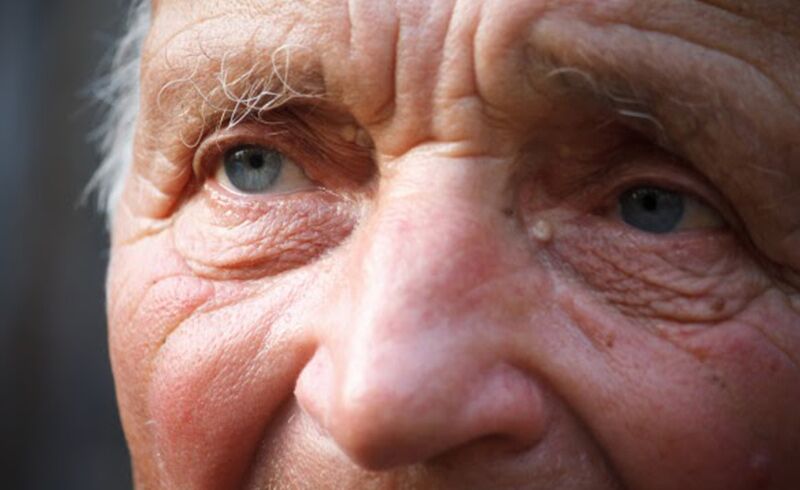
Since the conception of a baby, a constant cycle of growth and development occurs to help the child survive outside the mother’s womb after birth. Upon birth, the eyes of your child are extremely sensitive to stimuli in the environment that can truly foster further development of the eyes to occur as it exercises the tissue in the eyes to expand its functions in cataract loss.
The main developmental stages of the eye can be broken down into five categories that are approximately spaced at a two-month interval. These play the most vital role in the organ’s development than ever in the child’s life. During this sensitive time, the right stimulus can make all the difference to your child’s eyes.
At Birth
As your baby is exposed to the colors and lights of the world outside the womb, there is a sudden intense availability of stimulus. At this stage, babies experience what eye specialists identify as “wandering eyes” where the child’s focus is never limited to one object or person. This is because the eye is exposed to all types of stimuli for the first time as they open their eyes only after birth.
In addition, the child has a limited range of vision where most of the background seems blurry and only objects or people in close proximity can be identified to a certain degree. To develop your baby’s vision at this phase, it is recommended for parents to come very close to the child’s face and interact at the shortest distance possible to promote further growth of the organs.
One To Two Months
At this young age, babies begin to use both their eyes and focus on objects for longer periods of time than before. Your child can also track any moving object or body as this sensory organ develops further with time. At this stage, it is also possible for them to recognize and distinguish colors, especially those that fall under the primary colors category. These include yellow, blue, black, green, red, and white in particular. To help the cones, also known as the color identifying cells in your retina, develop better, exposing them to more colors at this age is recommended.
Four To Five Months
During this time period, it is best advised by eye specialists to expose your child to toys and objects that are suitable for their age. This is because they develop a keen sense of depth perception and begin to closely examine people and objects by exercising their arms and body to approach them. Furthermore, at this stage, object permanence is learned where your baby begins to understand that objects exist even when they are removed or blocked out of immediate vision.
Eight To Nine Months
Your baby’s eyes have developed much like that of an adult at this point, where the shorter distance objects can be viewed and identified easily. By focusing further on exercising this closer proximity or short-distance ability, your child will be prone to developing a stronger 20/20 vision within the next couple of months and years. To further facilitate this, parents can point to objects present in the immediate environment and use repeated exposure as a means to help this development.
One Year
Once your child has reached one year of age, their depth perception, as well as distance approximations, has developed completely. They will be able to tell apart objects by categorizing them into far and near proximity. To further enhance this sense of distinction, you can keep exposing your child to objects presented at varying distances to help them dilate their pupils further and exercise all the supporting muscles in an optimal manner.
At our Spanish Eye Clinic Dubai, you can gain optimum care for your child’s eye health with our top services. Book an appointment today to learn more about how you can provide the best care for your child.
